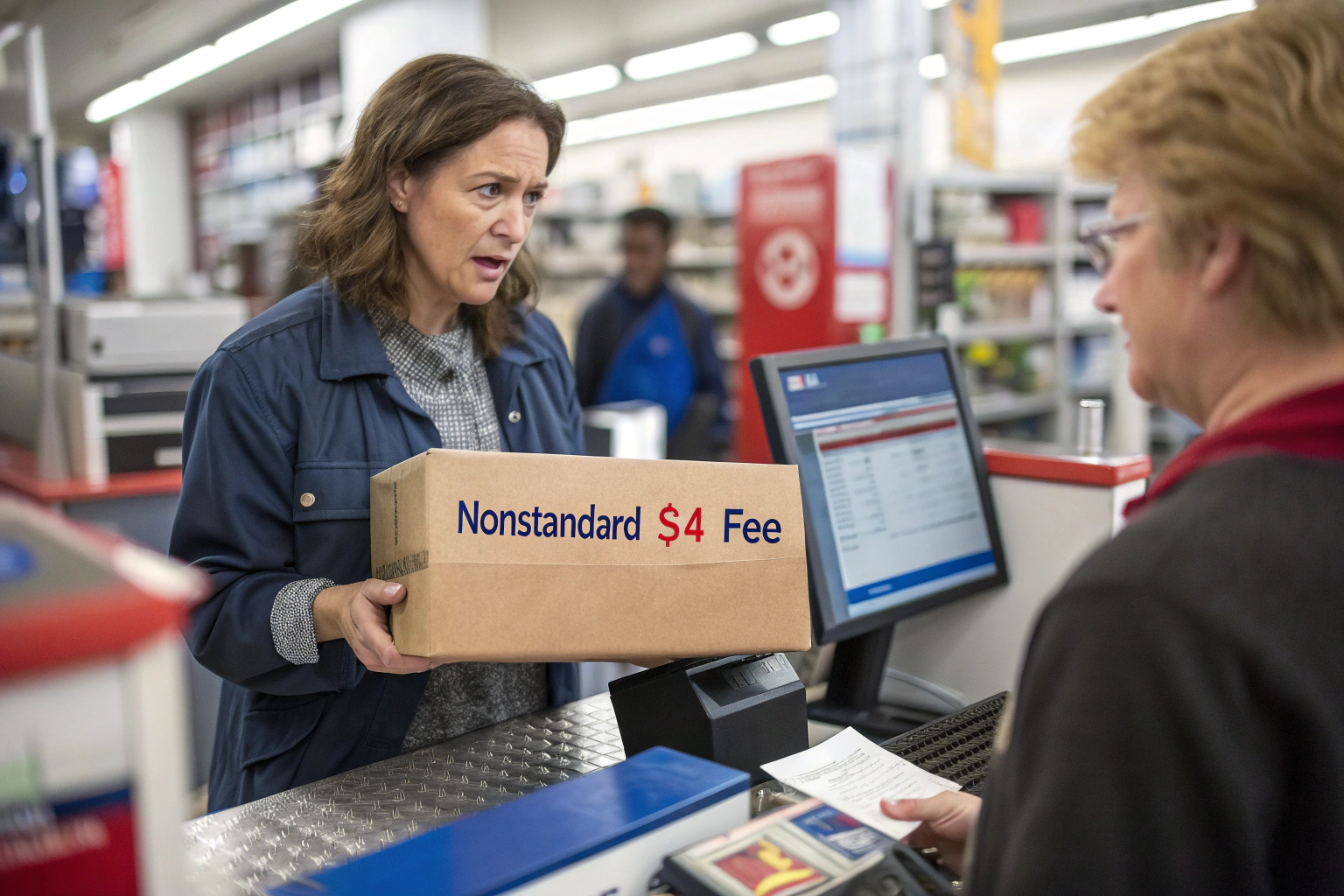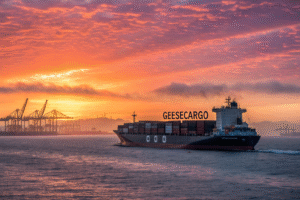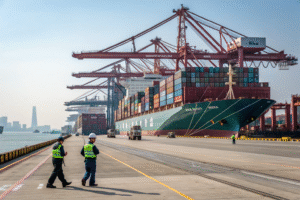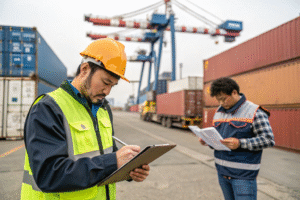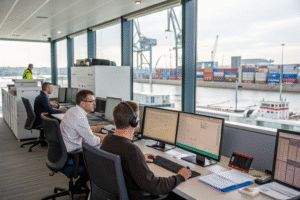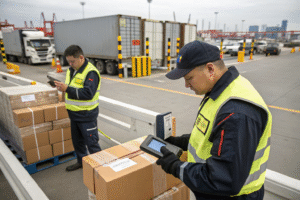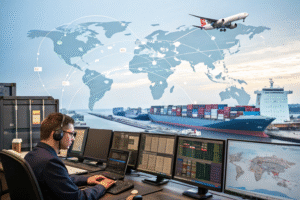The U.S. Postal Service’s newly implemented $4 nonstandard surcharge has caught many eCommerce sellers off guard. What may seem like a small per-package fee can actually multiply into a serious threat to your profit margins—especially if your inventory is shipped from China.
This article breaks down how the USPS nonstandard fee works, what makes your packages vulnerable, and what proactive steps you can take with your freight forwarding partner to stay cost-efficient and compliant.
If you're selling lightweight but long or oddly-shaped products, this change could be silently eating into your margins. Let’s explore how you can spot the risks early and avoid overpaying on your shipping.
What Does USPS Consider a “Nonstandard” Package?
Many sellers assume that if their parcels are under 70 lbs, they’re within the limits. That’s no longer the case.
USPS’s $4 nonstandard fee applies when a domestic package meets one of the following criteria:
- Longest side exceeds 22 inches but does not exceed 30 inches
- Volume exceeds 2 cubic feet
- Irregular packaging requiring special handling
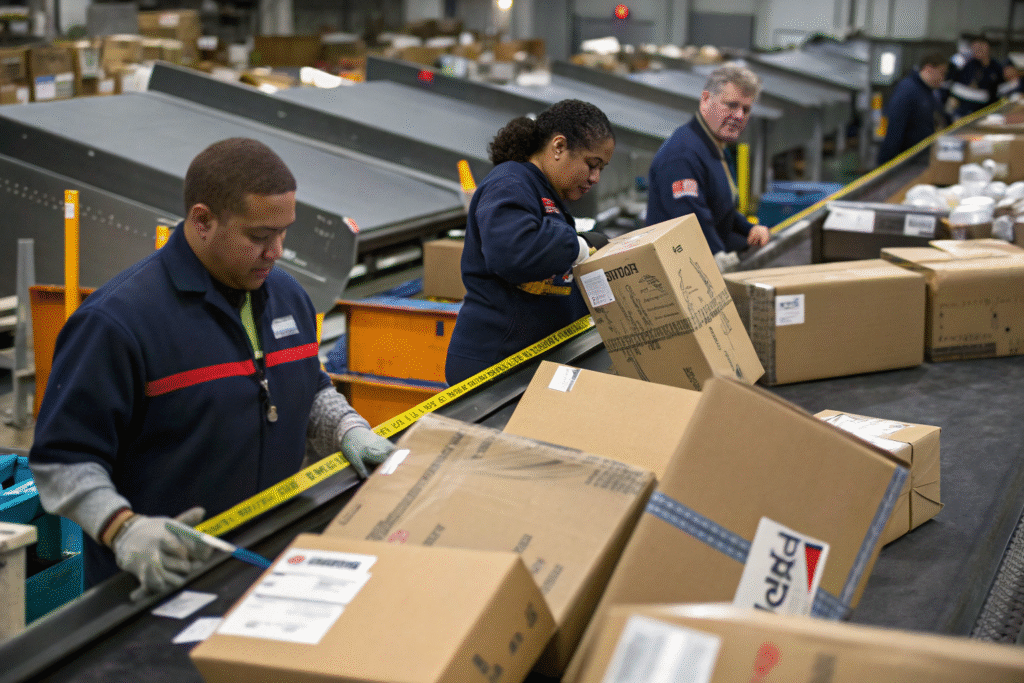
When Do These Rules Apply?
Even if your shipment originated in China, the nonstandard fee is charged once USPS handles last-mile delivery in the United States. This affects:
- ePackets from China
- DDP air freight shipments with USPS final leg
- Items sent to U.S. warehouses and shipped via USPS
Learn more at USPS’s official fee breakdown and Pirate Ship’s USPS update.
Which Items Are Most At Risk?
Certain products from China frequently trigger the surcharge:
| Product Type | Risk Level |
|---|---|
| Yoga mats | High |
| Tripods | Medium |
| Posters | High |
| Fishing rods | Very high |
| LED tube lights | High |
How Does This Fee Impact Sellers Who Source from China?
This fee might look small, but it adds up fast—especially for small-to-medium eCommerce businesses.
If you’re selling bulky yet lightweight goods, the $4 surcharge could erase your profit on every order.

What’s the Hidden Cost for Cross-Border Fulfillment?
Many cross-border shipments from China rely on USPS for domestic delivery. That includes DDP services, U.S.-based FBA prep, and 3PLs.
Let’s do some math:
- 200 shipments/day × $4 = $800/day extra
- 30 days = $24,000 monthly surcharge
Even worse, delayed delivery due to USPS’s manual sorting of these packages may lead to negative reviews and order cancellations.
Check updated rates on Shippo or Stamps.com to calculate your risk.
Can This Be Avoided by Changing Services?
Sometimes. UPS and FedEx don’t impose the same dimensional surcharge structure on packages under 50 lbs. If you’re shipping higher-value products, upgrading carriers could offer better value despite slightly higher base costs.
What Can Freight Forwarders Do to Minimize This Risk?
At GeeseCargo, we saw this change coming. That’s why we help our clients optimize packaging at the source—before the product even leaves China.
Our pre-shipment audits identify parcels at risk and suggest smarter packaging strategies, like folding, bundling, or switching carriers.
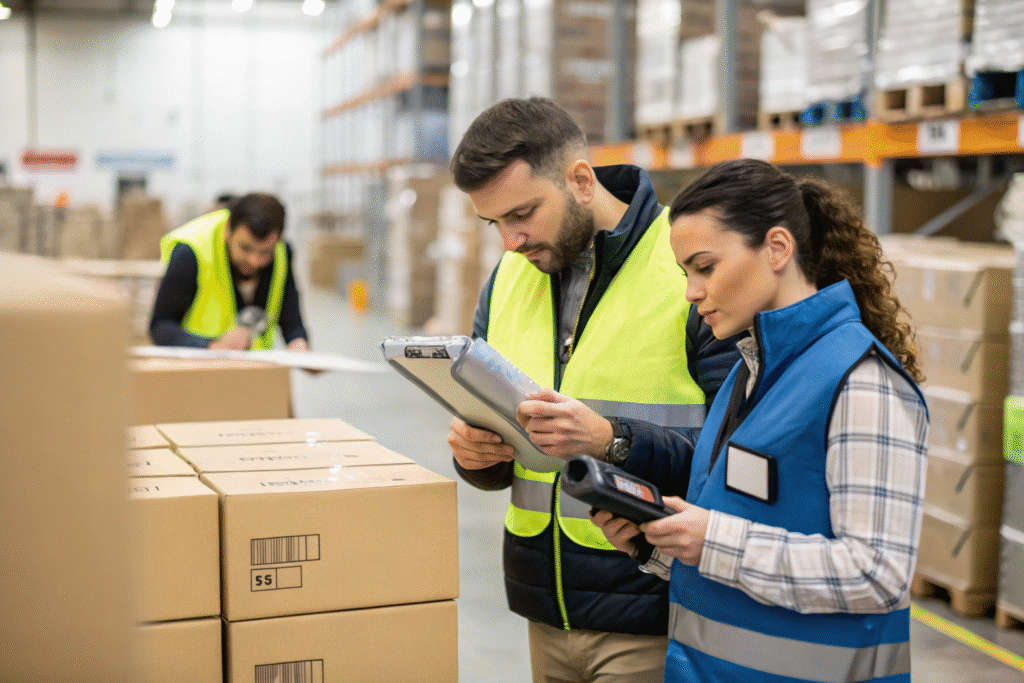
What Practical Steps Do We Take?
We run a checklist on every shipment flagged for USPS delivery:
- Repack long boxes into foldable structures
- Divide bulky orders into smaller, USPS-compliant segments
- Suggest carton changes using our AI-based dimensional calculator
We also integrate with label systems such as EasyPost and ShipStation to pre-label USPS packages, preventing surprises at U.S. entry.
What If You Can’t Avoid USPS?
Then route smarter. Use hybrid methods like DDP Air + UPS SurePost or combine USPS for lighter orders with FedEx for oversized ones. We help clients make those split decisions based on SKU profiles and weight-to-dimension ratios.
How Can You Strategically Adapt Your Fulfillment Plan?
If Q4 is your high-volume season, the last thing you want is to be caught paying surcharges per order without noticing.
You should test package configurations now. Don’t wait until November to realize your packaging triggers the nonstandard fee.

Should You Rebundle SKUs or Change Carton Sizes?
Yes. If your product is long but can be folded or shortened, consider modifying your packaging. For example:
- Fold yoga mats into thirds
- Change rigid poster tubes to soft triangle folds
- Offer two smaller bundled products instead of one long item
Find inspiration in Amazon Packaging Support or Uline’s box selector.
Can You Automate Dimensional Compliance?
Absolutely. Use tools like:
Connect these tools with your freight partner’s WMS for smoother compliance and reduced manual work.
Conclusion
USPS’s $4 Nonstandard Fee is more than a shipping surcharge—it’s a logistics obstacle that could quietly shrink your margins. Especially for cross-border sellers importing from China, understanding how and when this fee applies is now essential.
The good news? You don’t have to face it alone.
At GeeseCargo, we guide clients through every dimensional challenge and offer hands-on packaging redesign and label prep services to ensure USPS compliance. Whether you're shipping sports gear, beauty kits, or home decor—if you're aiming for reliability and cost control in 2025, planning around this fee is no longer optional.
Optimize now, save later—and stay ahead of your competition.
